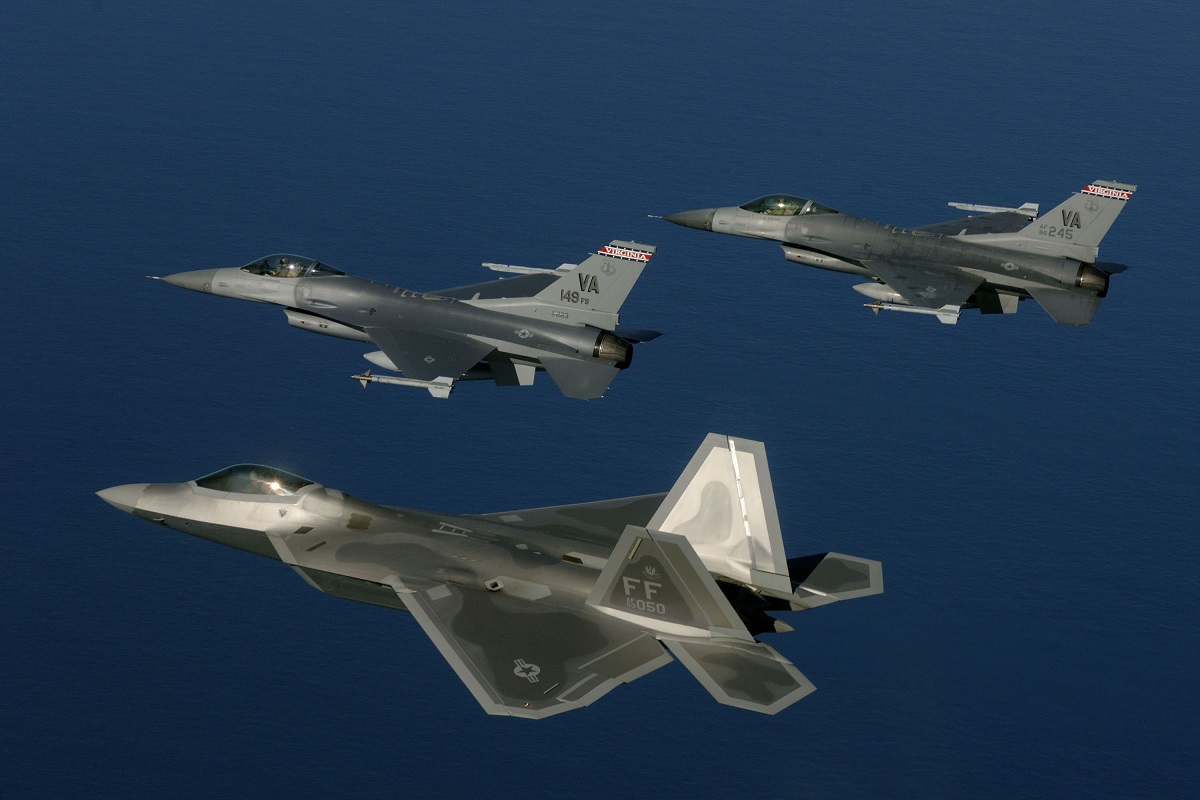This post is also available in:
 עברית (Hebrew)
עברית (Hebrew)
Global defense spending in 2019 saw the largest increase in one year since 2010, according to the annual report by SIPRI – the Stockholm International Peace Research Institute, widely considered to be the authority on military expenditures and exports.
World defense spending hit $1.917 trillion in 2019, a 3.6 percent increase over previous year figures. The United States remains the world’s largest defense spender in 2019, with its $732 billion representing 38 percent of global military spending, according to the report. That was followed by China ($261 billion, at 14 percent of global total), India ($71.1 billion, at 3.7 percent), Russia ($65.1 billion, at 3.4 percent) and Saudi Arabia ($61.9 billion, at 3.2 percent).
All told, the top five nations accounted for 62 percent of overall military spending.
“Global military expenditure was 7.2 percent higher in 2019 than it was in 2010, showing a trend that military spending growth has accelerated in recent years,” SIPRI’s Nan Tian said in a statement.
Large year-over-year increases were seen in China (5.1 percent), India (6.8 percent), Russia (4.5 percent), Germany (10 percent) and South Korea (7.5 percent).
Regionally, military spending increased in Europe by 5 percent, Asia and Oceania by 4.8 percent, the Americas by 4.7 percent, and Africa by 1.5 percent. Combined military spending by the 29 NATO member states was $1.035 trillion in 2019.
Together, the top 15 countries spent $1.553 trillion, 81 percent of global military spending. All but three countries in the top 15 had higher military expenditures in 2019 than in 2010, the exceptions being the U.S. (15 percent drop), the U.K. (15 percent drop) and Italy (11 percent drop.)
According to defensenews.com, the total military expenditures of the 11 countries in the Middle East for which data is available decreased by 7.5 percent to $147 billion, driven in part by an estimated 16 percent drop from Saudi Arabia. That overall percentage also decreased in 2018. SIPRI was unable to calculate totals from Qatar, Syria, the United Arab Emirates and Yemen.




